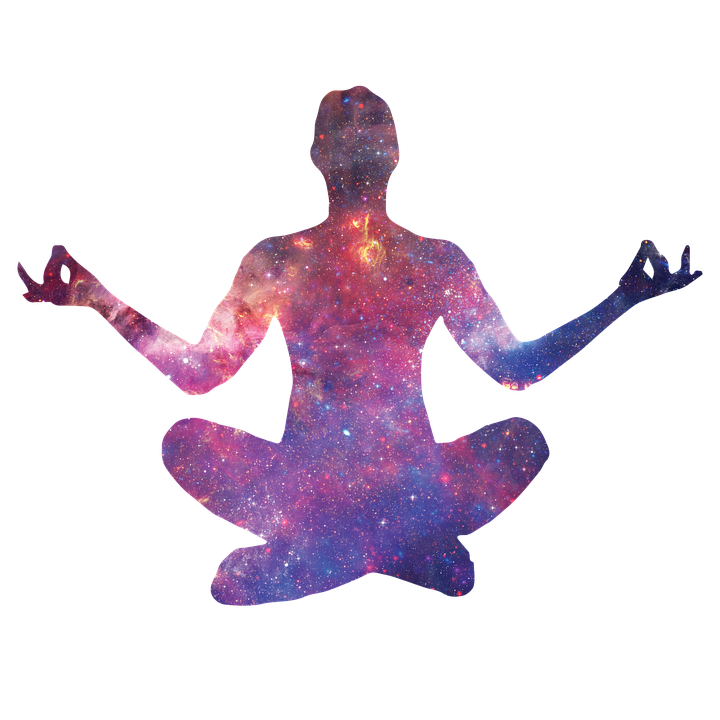Pranayama consists of breathing techniques and exercises for the control of the vital force (prana) within our body.


This is practiced in thousands of different ways and is known as the types of Pranayama. While breathing is normally an automatic process, regulation is made aware of the air that enters and leaves the lungs in the form of inhalation and exhalation, both in terms of speed and time, this has a beneficial effect on the mind and body. body. This is the goal of Pranayama.
Of the various types of Pranayama, here we will look at a few types of pranayama (breathing exercises) so that anyone can practice, anywhere, where distractions are minimal and if you have a few minutes to spare.
Bhramari:
Bhramari is a large bumble bee. This pranayama is so named because of the buzz that is made when exhaling. It has a very calming effect due to the vibration of the causes stunned and helps in the lengthening of the breath.
- Start with a comfortable sitting position padmasna, sidhasana or Vajrasana.
- Close your ears with the tips of your thumbs and cover your eyes with your middle fingers, applying a little pressure and keep your elbows out. All sounds from the outside must be closed when you press your ears.
- The position of the index fingers should be along the eyebrow bone and the other two fingers should lightly cover the rest of your eye and just below the eyes.
- Take a deep breath.
- Exhale slowly, releasing the air through your nose all the time making a hum that resonates in your head. You must feel the vibrations.
- Repeat 3-5 times and finish with three simple breaths before you throw your ears and discover your eyes.
Kapalabhati Pranayama (purifying breathing):
This exercise is known as cleansing breathing because it clears blocked nasal passages. The emphasis on exhalation and inhalation as a natural reflex. Use only abdominal breathing. (This exercise should be approached with caution for people with blood pressure, if done incorrectly one may feel dizzy).
- Sitting upright in Vajrasana, place your hands on your thighs.
- Gently exhale all the air from the lungs, then take a regular inhalation.
- Exhale through your nose, close your mouth tightly (like a sneeze) quickly so your stomach tightens.
- Repeat twenty times, keeping a steady rhythm. Pay attention and emphasis to each exhalation. Let the inhalation be automatic. You must use your stomach muscles to exhale completely.
- Perform 8 to 12 Kapalabhati (inhalations and exhalations) to begin with. This is a turn. Gradually accumulate the breaths (Kapalabhati) taken in each round with a practice of 30 times for 1 minute and then for 5 minutes.
- Repeat for 3 rounds.
Anulom Viloma (Alternating breathing):
This technique of Pranayama is directed to the flow of prana (vital energy) between the two sides of the brain and balance of the body. It is a simple exercise for beginners that makes you feel balanced, relaxed and calm.
- Sitting with your legs simply crossed or any sitting position that is comfortable for you.
- Close the nostril correctly, inhale deeply through the left nostril and count the time of inhalation.
- Close the other nostril (left in this case) with the middle finger and little finger hold the breath for a few seconds
- Keep the left side closed, release the thumb and exhale slowly through the right nostril. Expiration counts must be higher than inhalation.
- Once you exhale completely, inhale through the same nostril (on the right).
- Close both nostrils, hold your breath and then release on the left side. Repeat this pattern.
- Continue alternating 5 to 10 times.




